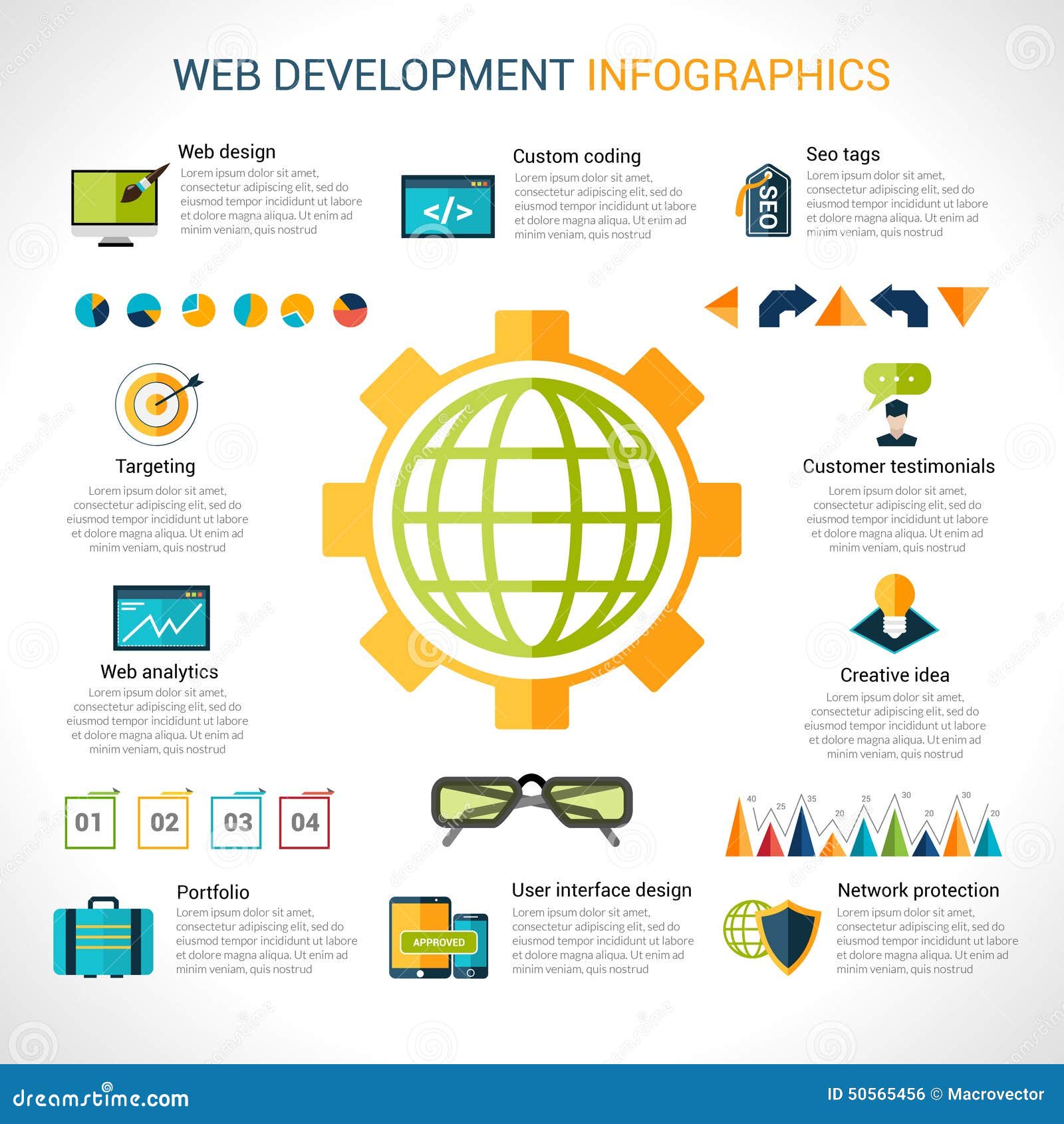Intrigued In Learning How Web Site Layout Has Evolved Over The Years? Check Out The Journey From Simple Layouts To User-Centered Techniques
Intrigued In Learning How Web Site Layout Has Evolved Over The Years? Check Out The Journey From Simple Layouts To User-Centered Techniques
Blog Article
Write-Up Composed By-Johnsen Hyldgaard
In the past, websites were easy and concentrated on details. Navigation was straight, and layout was for desktop computers. Currently, user experience is essential. Data guides layouts for easy navigation. Receptive layouts match different tools. Today, dark setting reduces stress, and minimalist food selections enhance navigating. Interactive features engage individuals, and bold visuals stick out. AI combination enhances interaction. See exactly how style has actually evolved to improve your online trip.
Very Early Days of Website Design
In the very early days of website design, simpleness reigned supreme. Sites were standard, with minimal colors, typefaces, and formats. The emphasis got on giving information rather than fancy visuals. Customers accessed the net via slow dial-up connections, so speed and performance were key.
Navigation food selections were straightforward, generally situated at the top or side of the page. Web sites were created for computer, as mobile browsing had not been yet widespread. just click the next web site was king, and designers prioritized very easy readability over intricate layout elements.
Get Source was the main coding language made use of, and designers had to function within its restraints. Computer animations and interactive functions were minimal compared to today's criteria. Internet sites were fixed, with little vibrant web content or tailored customer experiences.
Increase of User-Focused Design
With the evolution of internet site style, a change towards user-focused style concepts has become significantly prominent. Today, producing websites that prioritize customer experience is vital for engaging site visitors and accomplishing business objectives. User-focused layout entails understanding the needs, preferences, and actions of your target market to tailor the web site's format, web content, and features as necessary.
Designers currently conduct comprehensive research, such as customer studies and use screening, to collect understandings and comments directly from customers. This data-driven technique aids in developing instinctive navigating, clear calls-to-action, and aesthetically attractive user interfaces that resonate with visitors. By putting the user at the center of the style process, internet sites can supply a more customized and pleasurable experience.
Receptive layout has additionally become a crucial facet of user-focused style, ensuring that sites are enhanced for different devices and screen dimensions. This versatility boosts availability and use, accommodating the diverse ways users interact with websites today. Essentially, the rise of user-focused design signifies a change towards producing electronic experiences that prioritize the needs and expectations of the end individual.
Modern Trends in Website Design
Discover the current fads shaping website design today. One popular pattern is dark setting design, using a sleek and contemporary appearance while minimizing eye strain in low-light settings. One more essential pattern is minimal navigation, streamlining food selections and enhancing user experience by focusing on essential elements. Integrating micro-interactions, such as computer animated buttons or scrolling effects, can produce an extra engaging and interactive internet site. Receptive design remains critical, making sure seamless user experiences throughout numerous tools. In addition, making use of bold typography and asymmetrical designs can add aesthetic passion and accentuate certain web content.
Incorporating AI technology, like chatbots for consumer support or personalized suggestions, improves individual engagement and simplifies procedures. Access has likewise come to be a considerable fad, with developers focusing on comprehensive style practices to accommodate varied customer needs. Welcoming sustainability by enhancing web site performance for speed and efficiency is an additional emerging pattern in web design. Teaming up with customer comments and data analytics to iterate and boost layout constantly is crucial for staying relevant in the ever-evolving electronic landscape. By accepting these modern-day trends, you can develop an aesthetically appealing, straightforward site that reverberates with your target market.
Conclusion
As you review the evolution of site layout from the early days to currently, you can see exactly how user-focused layout has ended up being the driving pressure behind modern-day trends.
Embrace the journey of modification and adjustment in web design, always keeping the customer experience at the leading edge.
Tippingpointdigital
Stay current with the current trends and technologies, and never ever quit progressing your strategy to create aesthetically sensational and user-friendly web sites.
Evolve, adapt, and create - the future of web design remains in your hands.
